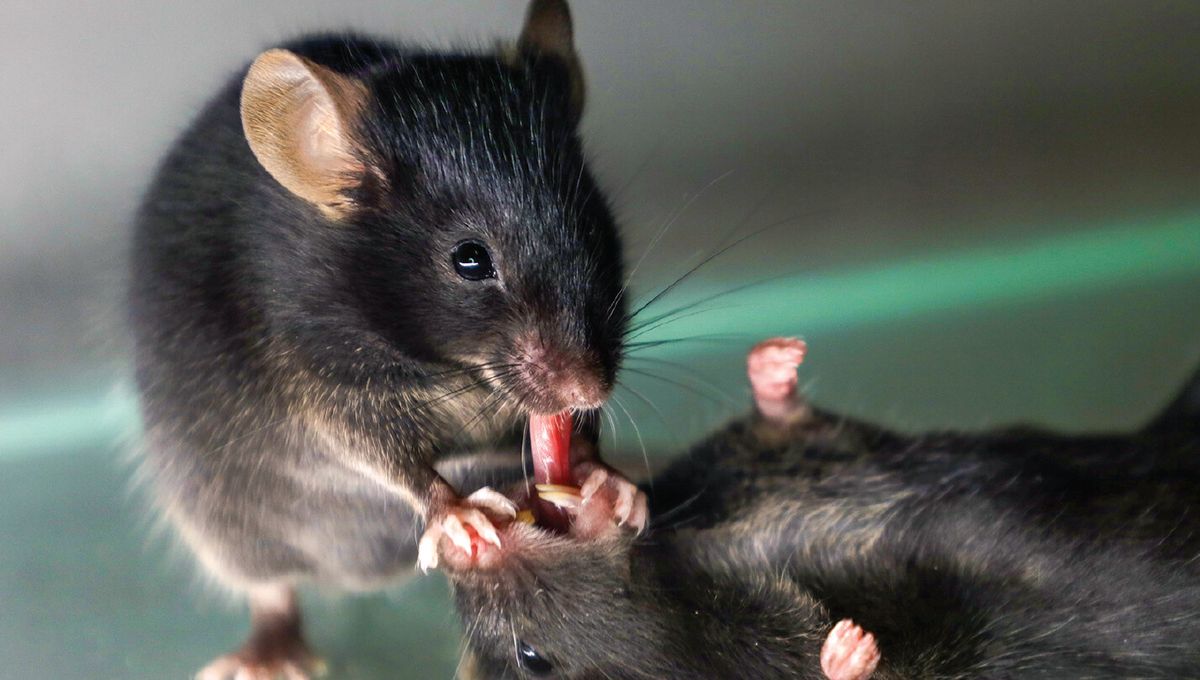

In some intriguing animal behavior news, researchers have observed that mice exhibit what appears to be a form of emergency aid akin to human first aid when interacting with their unconscious companions. These insightful studies uncovered that these small rodents engage in actions such as pawing, biting, and even tugging on the tongues of their unresponsive peers. Notably, scientists identified specific brain regions that play a vital role in this instinctual behavior.
These findings suggest that the innate desire to assist distressed individuals may be more prevalent among animal species than previously recognized. There are numerous anecdotal accounts of caregiving behaviors observed in the animal kingdom, which include nurturing actions like grooming, nudging, and even administering physical support. This behavior has been documented in various species, including elephants, chimpanzees, and dolphins.
While these actions mirror human reactions in crisis scenarios, understanding their underlying nature in animals has proven challenging. The recent study aimed to further investigate these phenomena using laboratory mice, where researchers presented them with anesthetized companions and carefully monitored their responses.
When faced with an unconscious familiar mouse, the active mice exhibited distinct behavioral patterns. Their initial gentle interactions, such as sniffing and grooming, often escalated into more vigorous actions, including biting and pulling at the incapacitated mouse’s tongue. Such behavior was infrequent when the partner was either awake or in a restful sleep state, and it was most pronounced among familiar mice pairings.
Throughout 13-minute sessions, the mice dedicated an average of over 47% of their time interacting with the unresponsive mice, in stark contrast to the mere 5.8% they spent with their active companions. Intriguingly, behaviors directed toward the mouth or tongue occurred in all cases, with success rates of 50% for pulling the tongue out, seemingly to clear the airways. In one trial involving an object placed within the unconscious mouse’s mouth, the caregiving mice successfully removed the foreign object 80% of the time.
Remarkably, these efforts appeared to yield positive outcomes. The mice that received attention during these episodes regained consciousness and mobility faster than those that did not. The researchers emphasize that the results—including the removal of obstructions from the mouth and improved airway conditions—point towards actions that resemble revival attempts.
Supporting findings have emerged in complementary studies published recently, which further solidify these observations. The researchers also pinpointed the mechanisms behind this behavior, recognizing oxytocin-releasing neurons in the amygdala and hypothalamus as key activators.
While it may be tempting to label these rodent behaviors as “CPR,” the researchers caution against overly anthropomorphizing animal actions. Yet, this research offers a captivating insight into animal behavior and cooperation.
The researchers express, “Our findings demonstrate that animals display emergency responses akin to revival efforts, suggesting that providing assistance to incapacitated group members may be an innate behavior widespread among social animals. Such actions likely contribute to increased group solidarity and survival.” This insightful study has been published in the prestigious journal, Science.








